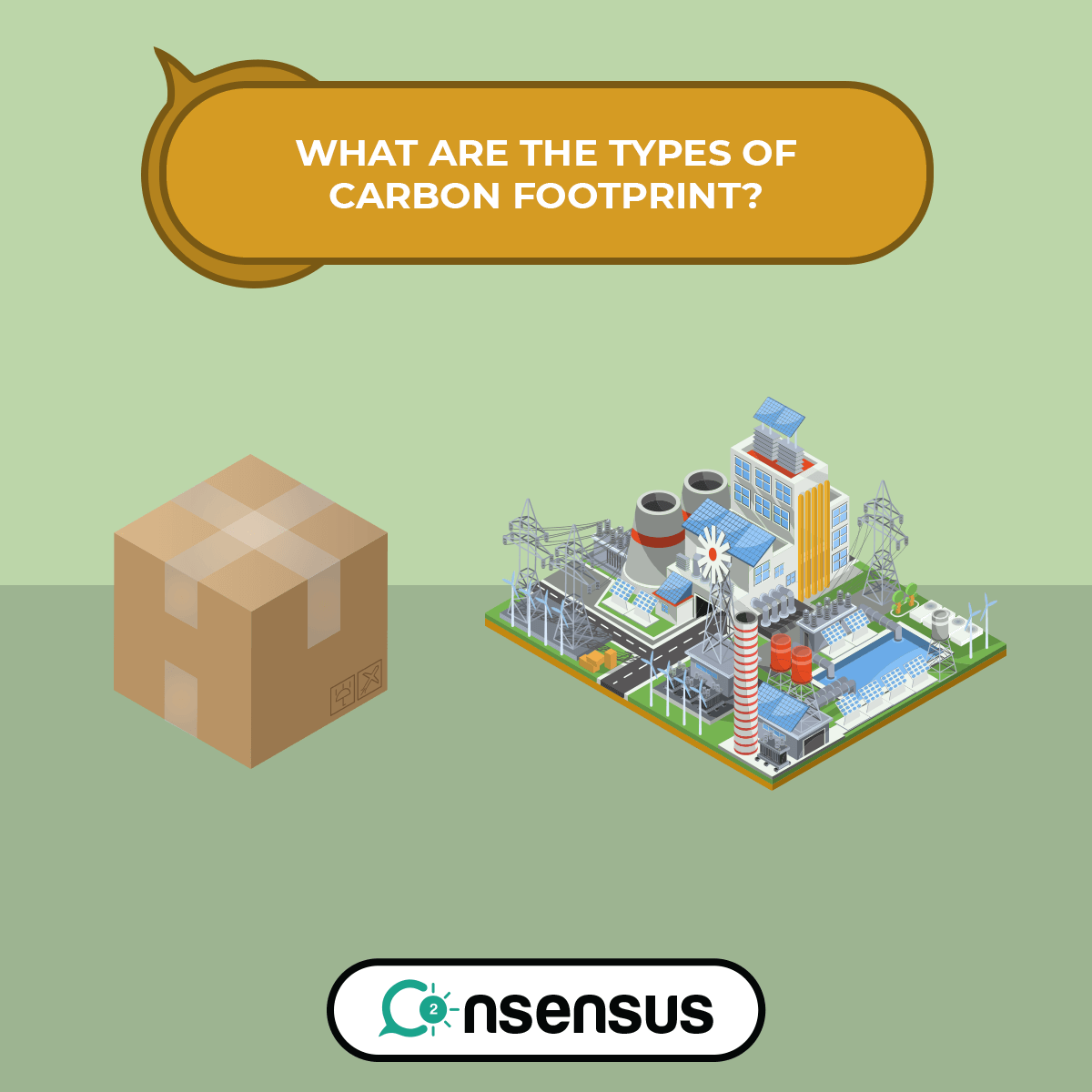Carbon footprint has become a very important term in our lives lately. Even though this term’s popularity is on the rise, the exact nature of carbon footprint became an issue of doubt due to a number of definitions. Here, we’ll walk you through the various kinds of carbon footprints so that you can decide which one applies to you.
First of all, let’s get a comprehensive, robust definition of a carbon footprint. Then move forward with the major categories of carbon footprints (including primary and secondary, product and corporate). Knowing about carbon footprints can help you figure out how to calculate and reduce your carbon emissions.
Defining and Calculating Carbon Footprints
Carbon footprints are a comprehensive measurement of your complete usage of resources which have direct or indirect impact on the production of greenhouse gases. For products for instance, It is calculated by taking the following factors into account:
- The amount of carbon dioxide produced during operation, along with other greenhouse gases such as fluorocarbons, methane, nitrous oxide etc.
- The overall waste produced during manufacturing processes (if applicable).
- The energy needed to operate air conditioning systems as well as the building/office.
- Energy consumed while shipping the final goods to the customer.
Other factors can be added to the list, but these are the major factors contributing to carbon emission. This list only covers direct emissions though. Indirect emissions are just as big a part of emissions calculations. Subsidiaries, and other companies along the value chain of the final product are also considered.
A company can have its carbon footprint calculated either by an online calculator (which aren’t very comprehensive) or by hiring certain experts in the field of carbon emissions. Therefore, the company get a better idea on how to offset carbon liabilities by calculating them properly and avoid unnecessary emissions.
Primary and Secondary Carbon Footprints
Primary carbon footprints are those which have a direct relation with the way we burn fossil fuels directly. This category includes our transportation sources such as railways, road transport as well as aviation. It also includes electricity consumption for energy produced using sources such as coal and natural gas. Water consumption is also an integral part.
On the other hand, secondary carbon footprints includes the emissions which result from our indirect relation to the points mentioned above such as purchasing clothes which are shipped from a far away location. The emissions from their manufacture and transportation are counted as a part of secondary carbon footprints.
The secondary carbon footprint also considers what happens to these products once we no longer use them – such as the time and possibility of decomposition naturally. (Plastic products score very poorly here.) It also includes recyclability and reusability of the products.
Product and Corporate Carbon Footprint
Technically speaking, carbon footprints are divided into two distinct categories. These categories are product carbon footprint (PCF) and corporate carbon footprint. Both are strong indicators of your carbon liability, therefore it is essential to know how they are calculated. This will help you to get a better picture of your carbon excesses.
While product carbon footprint focuses more on the life cycle of the particular product, corporate carbon footprints are more concerned with the overall carbon emissions of the company as well as its subsidiaries.
Product Carbon Footprint
The life of a product sees a lot of changes happening to it on a chemical and physical level. This process of being conceptualized to being used by the consumer, and ultimately ending up being discarded and consumed, has a definite cost associated with it in terms of emissions.
Hence, the total carbon emissions over the life cycle of a product are termed as product carbon footprint (PCF). The product carbon footprint encompasses both primary and secondary carbon footprints, and takes into account each and every step. There can be two ways to calculate it:
- Cradle-to-grave PCF considers each phase of the product, from raw material stages to being discarded after use or otherwise consumed.
- Cradle-to-gate PCF considers only the phases from raw materials to being fully produced and ready for use.
- Generally, cradle-to-grave PCFs are given more credit.
The standards governing PCF calculations include the GHG protocol adopted in 2011, the PAS 2050 (revised) and the newly revised ISO 14067:2018. All of these standards differ in certain definitions, but the premise remains the same: to account for carbon emissions across the life of the product.
Learn How to Make Your Product Carbon Neutral
Corporate Carbon Footprint
The corporate carbon footprint covers a much wider base of activities, since it considers the entire business as a whole and calculates carbon emissions for the whole setup. From the manufacturing of all of its products to them being discarded and disposed off, it is a comprehensive stock-taking of the corporation’s carbon liability.
All the activities which the company performs, including transportation of goods, business trips, cumulative energy expenditure, and the company’s recycling strategy are considered under the company’s carbon footprint. There are many other factors coming into the picture as well.
There are a number of standards taken into account according to which the total carbon emissions are calculated. These include the GHG Protocol and certain ISO standards related to carbon emissions and energy auditing.
Calculate Your Corporate Carbon Footprint
Bringing It All Together
Carbon footprint is a necessary tool to accomplish the goal of reducing carbon emissions in order to make the world a more sustainable place. There are a number of ways to consider what a footprint actually means: you may decide to think of the product (if you have a tangible product), or the corporate definition may fit your emission reduction agenda better.
Choosing a definition in order to proceed with taking steps to reduce carbon emissions depends entirely on the kind of business.
Knowing how the carbon footprint is actually calculated and the various standards in use today can help you save a lot when it comes to reducing your carbon footprint.
